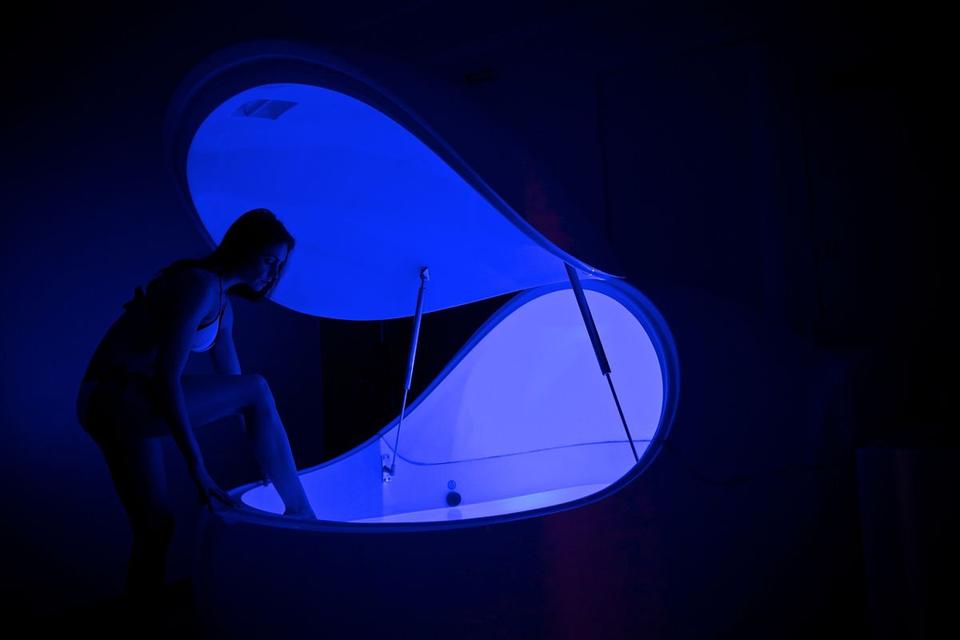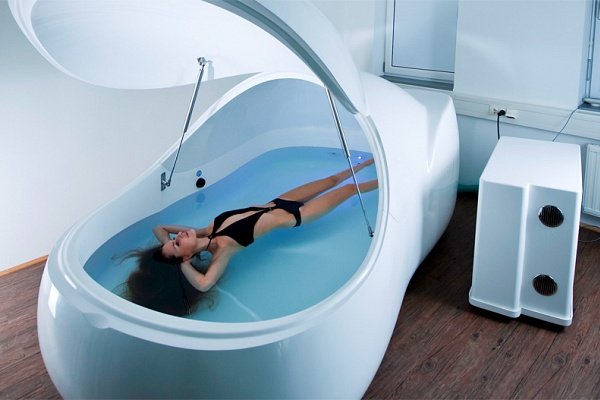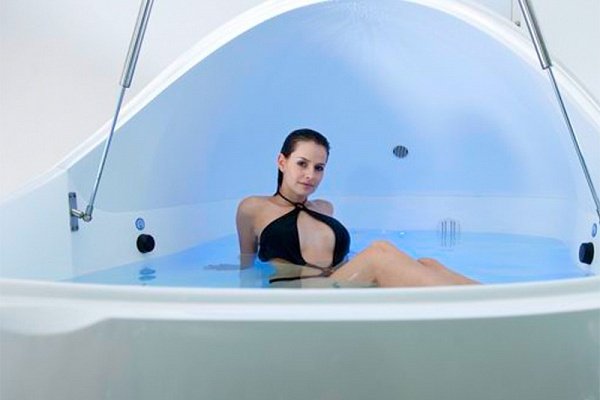16 February 2018, by i-sopod
Floatation tanks have been around since the late 1950s and recently have started to gain some serious popularity both in the US and Europe. Lying in the dark, upon skin temperature water that’s so salty that you float effortlessly leads to complete mental and physical relaxation. Floating in this zero-gravity environment removes pressure from the body and allows blood vessels to decompress and your circulation to flow more freely.
Research conducted in the US and Sweden indicates that floatation brings about extensive benefits, these include; reductions in stress, chronic pain, headaches, depression, anxiety and insomnia while lowering blood pressure and improving skin health. Additional studies demonstrate that regular sessions can “reset” stress response hormones such as cortisol, ACTH and improve the sense of well-being with these positive effects being detectable days and weeks later.
So how do you get the most from your 60 minutes?
Before
- Float sessions cost around the same price as an hours massage. Check before you go that your price includes a full 60 minutes. And ask about discounts as most floatation spas offer savings on multiple bookings and membership packages. Remember, floating regularly is the best way to reap the enormous benefits.
- If you feel apprehensive, call up in advance and ask to have a look round before committing yourself to a float session.
- Once you’ve decided to go ahead, book at least an hour and a half out of your day for the experience, 60 minutes for the float and an additional 30 minutes for showering, changing and to prepare yourself for the outside world again. Think about the fact that you’re taking this time for you and your health and embrace it fully. Don’t let your float become another thing you have to fit into your busy schedule. A positive and enthusiastic attitude will help you reap the rewards and benefits.
- Don’t shave or wax on the day of the float as the mineral laced solution that helps you float can irritate tender skin.
- Eat only a light meal before your float session as a large meal just before you float can cause noisy distractions.
- Avoid stimulants such as caffeine and alcohol on the day of your session.
- Prepare yourself: take out your contact lenses, put in your ear-plugs and have a quick shower. (If you put your ear plugs in before your shower there’s less chance of them falling out during your float). Cover any cuts and scratches with a thin film of Vaseline and dry your face before entering the pod.
During
- Lie back gently as the solution is rather thick and will take a long time to settle down if your splash around and create too many waves.
- Have confidence in the solution supporting you. The Epsom salt solution has been designed specially to take your weight, so trust it and in particular try and let go of the muscles in your neck. The water will support you!
- Try and melt yourself physically and mentally in to the silky, soft warm salt solution.
- Don’t expect to relax straight away and then get stressed that it’s not working – it takes at least 20 minutes for all your muscles and for your mind to slow down. Most people need three float sessions within a month before they can learn to fully appreciate just how profound floating can be.
- Avoid touching your face and splashing about as the salt might get in your eyes or up your nose. Painful!
- Floating with the light on is OK if you can relax better that way (you can always close your eyes). Don’t plunge yourself into inky blackness on your first visit if you are anxious; remember that you have control of the light switch which is beside you.
- Find a central and still position within the pod so you’re not moving and bumping against the sides. If you do touch the side then don’t push off as you’ll just shoot across to the other side and bump yourself again – it’s far better to pull away whatever part of your body that is touching.
- Focus on de-stressing by breathing slowly, deeply and rhythmically and visualising yourself somewhere you normally associate with being relaxed, such as your bed on a Sunday morning, or the lying on the beach under the sun.
- If your body becomes restless while floating try stretching like you’ve just woken up out of bed. Also, switching arm positions to: palms up, palms down, by your side, above your head, or behind your head will also help.
- If your mind becomes over-active while floating try asking yourself, “What will be the next thought I will have?” You might be surprised to learn that when you wait for that next thought to come, it doesn’t.
- Soothing sound tracks are played in most float tanks at the start of the session to help you relax.
- Have a good stretch after you’ve been in the pod for 20 minutes as your spine decompresses whilst being supported by the buoyancy. You might even hear your vertebrae clicking back in to place!
After
- Allow yourself some recovery time. Don’t rush off to your next appointment the moment you get out of the tank if you want to get maximum benefits.
- Try enhancing your sense of well-being or relaxation by using an aromatherapy shampoo in your after float shower.
- You might feel emotional, euphoric or slightly disorientated. Take time out to explore your responses, let them pass and balance yourself. Whenever you get tense, focus on the relaxation you enjoyed while floating.
- Drink a lot of water afterwards to make the most of the detoxification process.
DO NOT FLOAT if you have epilepsy (and not on medication), an acute kidney condition or if you have any open wounds. Always seek the advice of your medical professional if you have a medical condition you’re not sure about.






